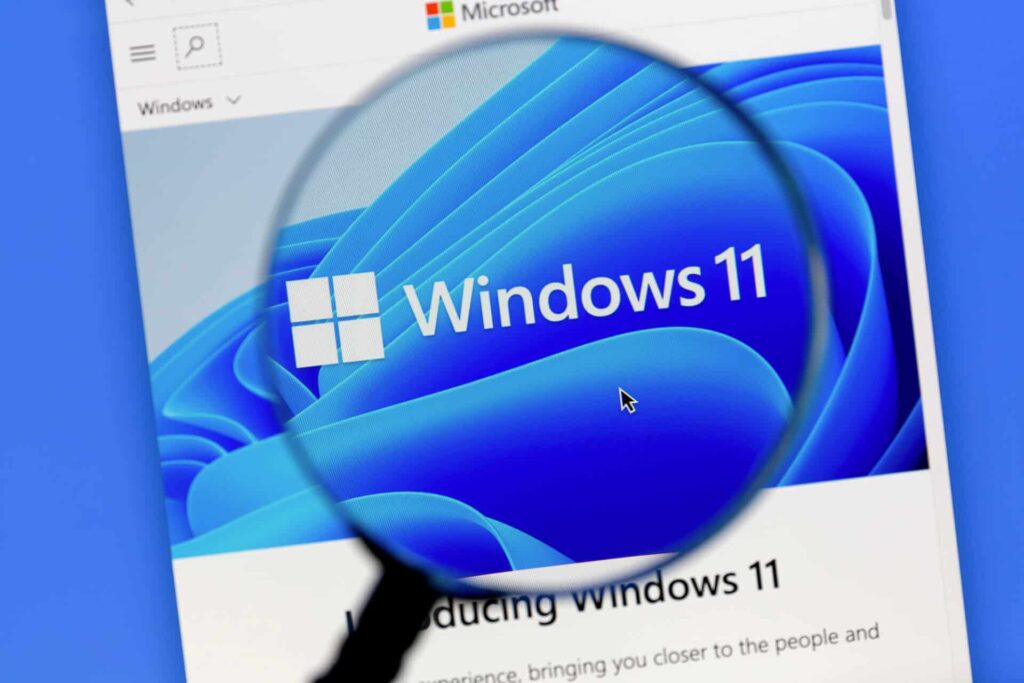If you’ve ever used Incognito mode in Google Chrome – or InPrivate mode in Microsoft Edge – you likely understand the basics. These modes are designed to stop your browser from saving:
- Your browsing history
- Cookies and site data
- Information entered into forms
It’s a useful feature for when you’re:
- Comparing flight or hotel prices without triggering dynamic pricing
- Logging into multiple accounts simultaneously
- Browsing on a shared or public computer
But here’s the catch: until recently, Incognito mode wasn’t quite as private as it claimed to be.

The Clipboard Privacy Problem
Even though your browser wasn’t saving your activity, Windows itself was doing something else behind the scenes: it was keeping a record of your clipboard.
That meant if you copied anything while browsing privately – say, a piece of confidential business text, a password, or a private message – Windows could save that content in your clipboard history. Worse still, if you had Cloud Clipboard enabled, that data could be synced to other devices.
Imagine copying a sensitive client detail while in Incognito mode, only for it to appear later on another work computer or laptop. Not very private after all.
Microsoft Steps In to Close the Gap
In a recent update, Microsoft quietly addressed this issue. Now, if you’re using Incognito or InPrivate mode, anything you copy will no longer be stored in clipboard history or synced across devices.
This change has already been rolled out in Windows, and Google has since incorporated the same logic into Chrome updates – ensuring a more consistent privacy experience across browsers.
This means that your copied content during private sessions will now disappear along with your tab history once you close the browser window, finally delivering on the promise of “private browsing.”
No More Media Previews from Private Sessions
There’s another improvement worth noting: Microsoft has also enhanced privacy when playing media in private browsing sessions.
Previously, when you watched a video on YouTube or another platform, Windows might display a preview of that media on the lock screen, taskbar, or media controls overlay – complete with the video title and thumbnail. Not ideal if you’re watching something sensitive and someone happens to glance at your screen.
Now, if you’re watching media in Incognito or InPrivate mode, the system simply shows “A site is playing media” – with no previews, no titles, and no identifying artwork. A small change, but a valuable one for protecting your privacy in shared or public environments.
The Bottom Line: Incognito Mode Just Got a Lot More Private
These improvements mean that Chrome’s Incognito mode and Edge’s InPrivate mode now offer stronger protection for your local privacy – even if you weren’t aware of the weaknesses before.
However, it’s important to remember:
Incognito mode doesn’t make you anonymous online.
It still won’t hide your activity from your:
- Internet service provider (ISP)
- Workplace or school network administrators
- The websites you visit
It’s a powerful tool for local privacy, but not a comprehensive solution for online anonymity or security.
Need Help Securing Your Business’s Sensitive Data?
If you’re concerned about digital privacy in your workplace – whether it’s protecting confidential files, locking down user accounts, or ensuring safe remote access – we can help.
Get in touch with our team to discuss how to keep your systems and data safe, secure, and compliant.

